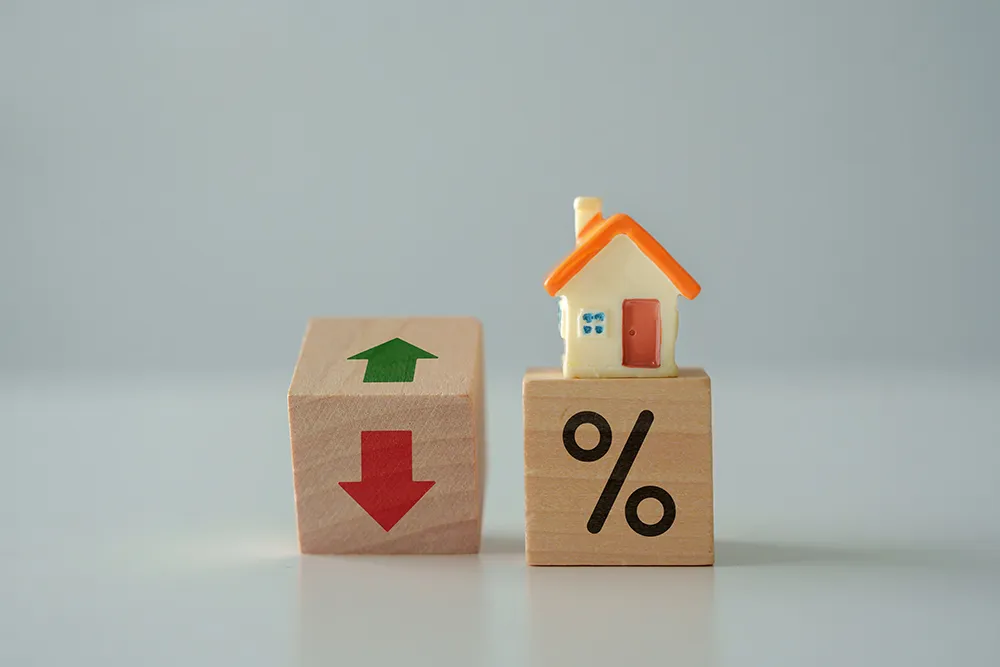
Average mortgage rates have increased for the third consecutive month, while product numbers have fallen for the fourth month in a row, according to new data from Moneyfacts.
The number of products available has plunged by 57 per cent from 5,222 in March to just 2,259 this month.
Even over the past month alone, 153 deals have disappeared from the market bringing product availability to its lowest level for a decade.
The 85 per cent loan-to-value tier is one of the only two in which the number of products available is currently higher than it was in May 2020 – perhaps due to the fact it is currently the maximum LTV most lenders are offering.
The number of 90 per cent LTV deals has shrunk from 779 to just 51 since March.
The average two-year fixed rate for all LTVs dropped from 2.43 per cent in March to 2.02 per in June, but has since climbed back to 2.38 per cent
The average five-year fix has followed a similar path, falling from 2.74 per cent in March to 2.26 per cent in June, before climbing back up to 2.62 per cent this month.
Over the past month alone the average two-year deal has risen by 0.14 percentage points and the average five-year fix by 0.13 points.
Moneyfacts finance expert Eleanor Williams says: “As house prices continue to rise and mortgage approvals hit their highest level in over a decade, both likely boosted by the release of pent-up demand following the easing of lockdown and also those hoping to capitalise on the stamp duty land tax holiday, borrowers who have yet to take on a new mortgage deal may be disappointed to see that product availability has fallen for the fourth consecutive month.
“It is interesting to note that contributing to this decline in the overall number of mortgages available, all LTV tiers bar two have seen product numbers fall below levels seen in May 2020, which followed significant mass withdrawals as the impact of the pandemic and subsequent lockdown were felt across the mortgage market.”
Williams says that the rate rises may be partly attributed to the amount lenders need to set aside to cover the risk of default, which may be of increasing concern as the economic outlook is uncertain.
She adds: “The spectre of negative equity should house prices drop from their current levels is one that responsible lenders will be keen to mitigate, yet have no control over.
“Similarly, uncertainty around future employment levels and income as government support schemes begin to unwind is another factor lenders may be considering.
“The housing sector may currently be experiencing a mini-boom, but remains a volatile and fluid landscape, therefore, any customer hoping to progress with a purchase or remortgage imminently would be very wise to seek support and guidance to assess what options may be able to suit their circumstances.”



